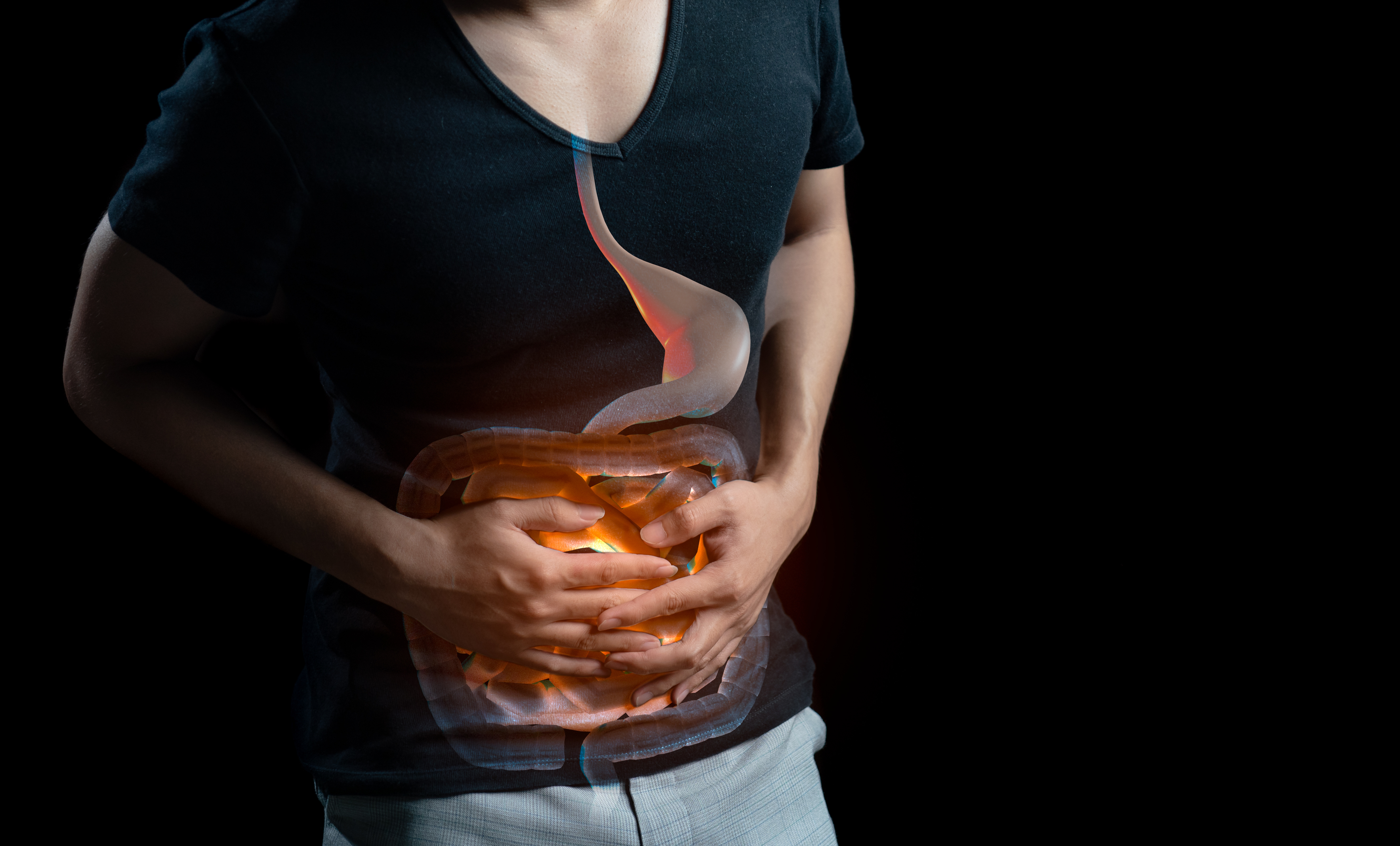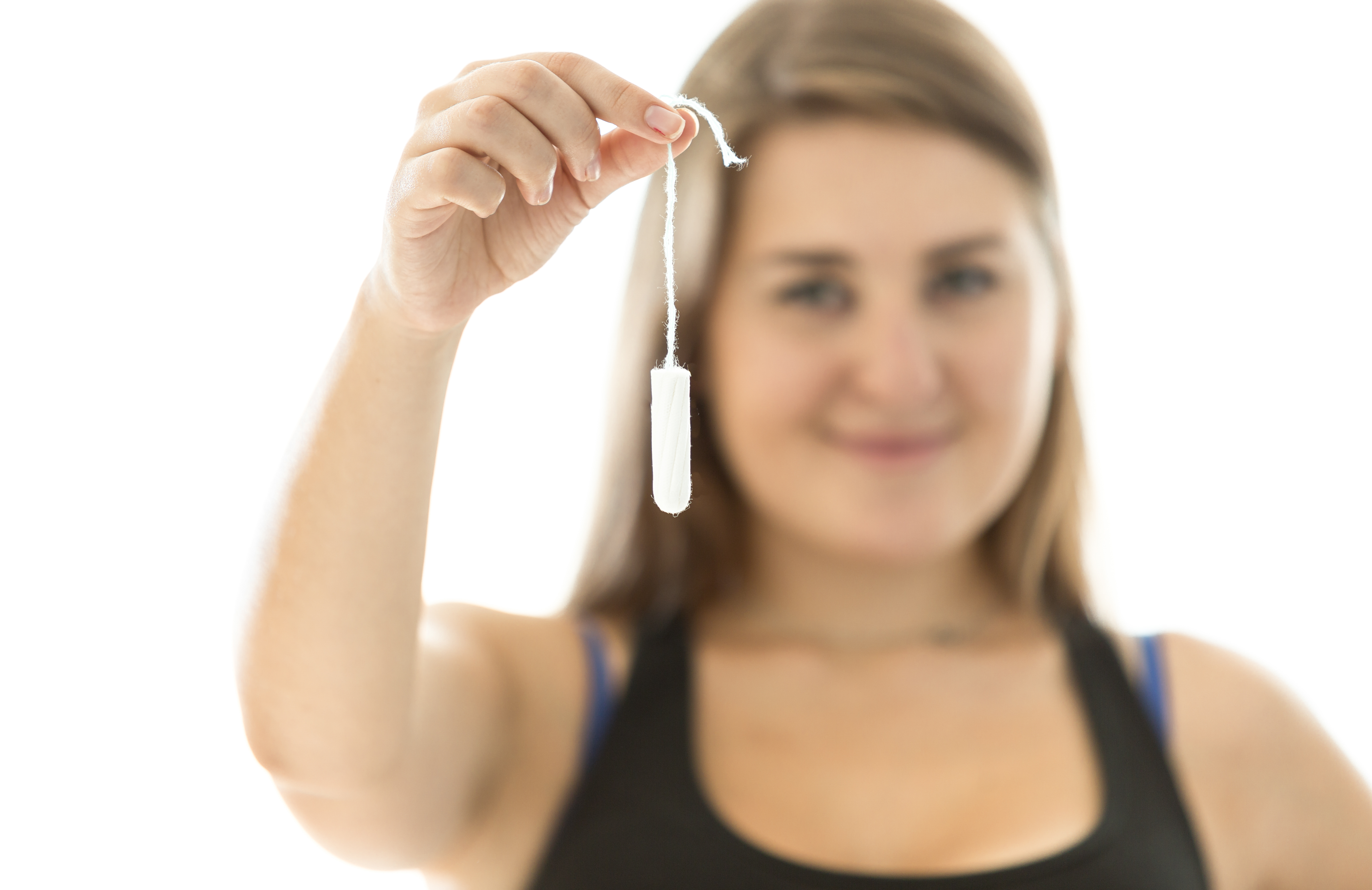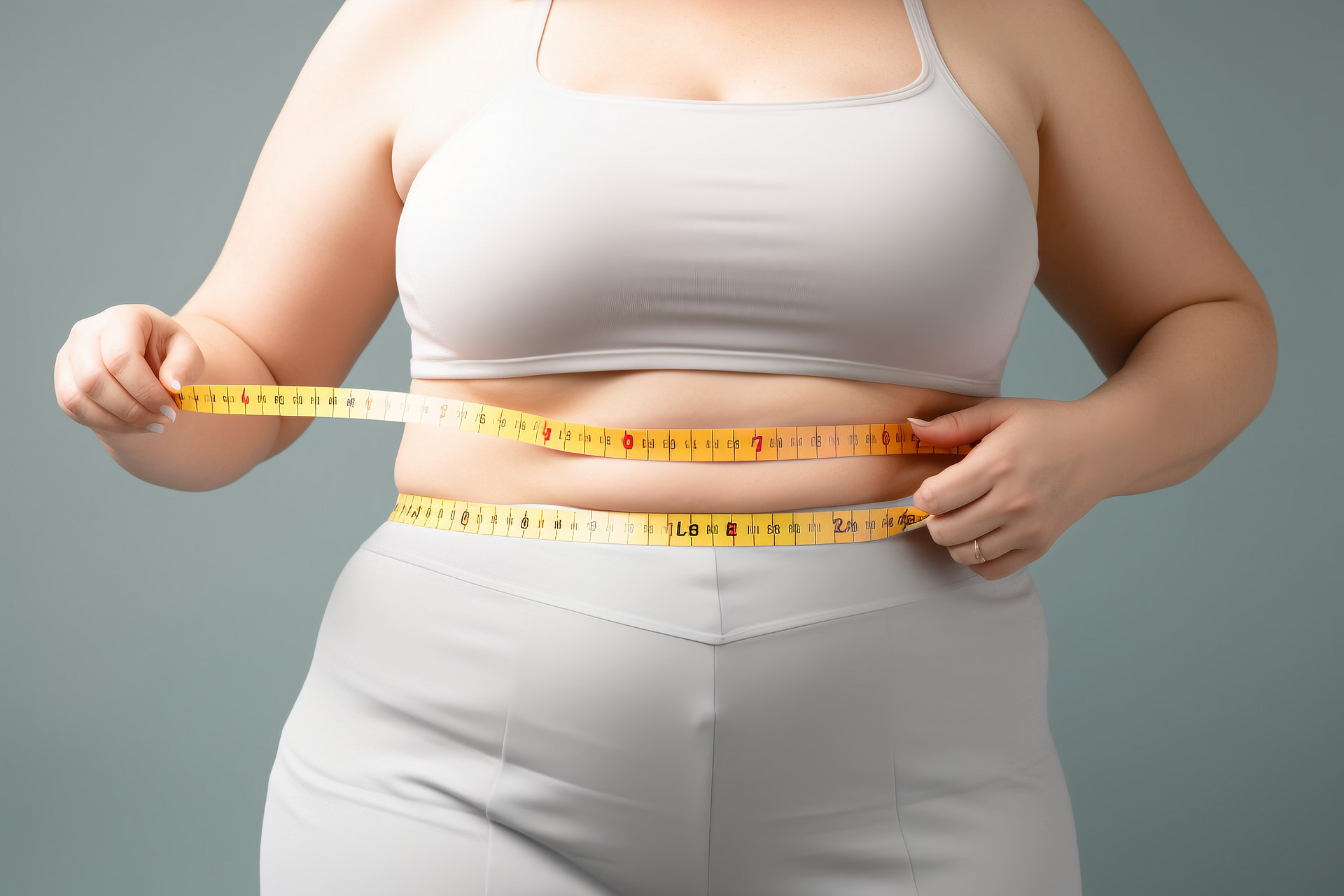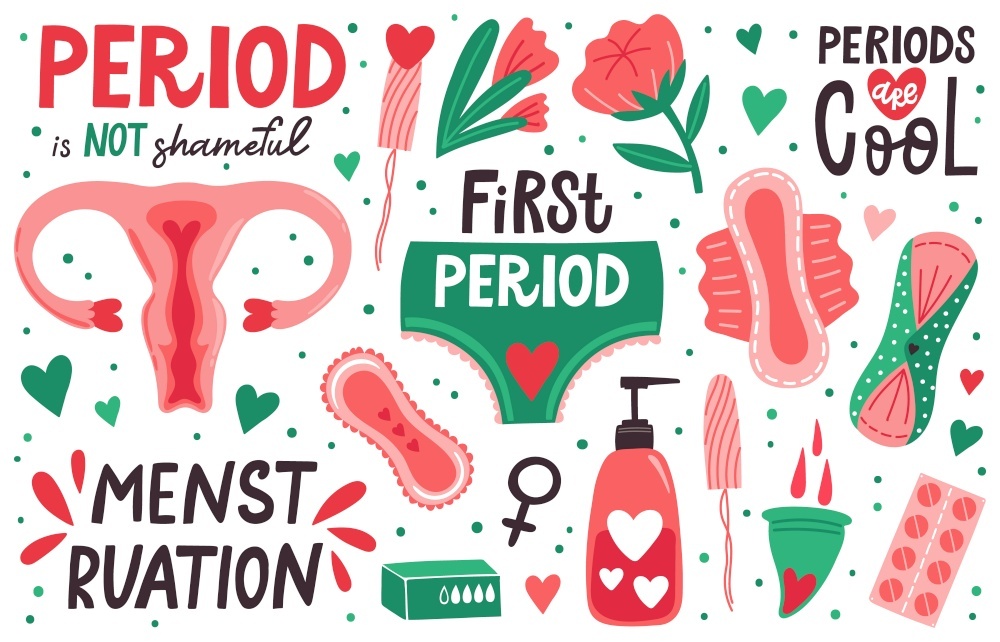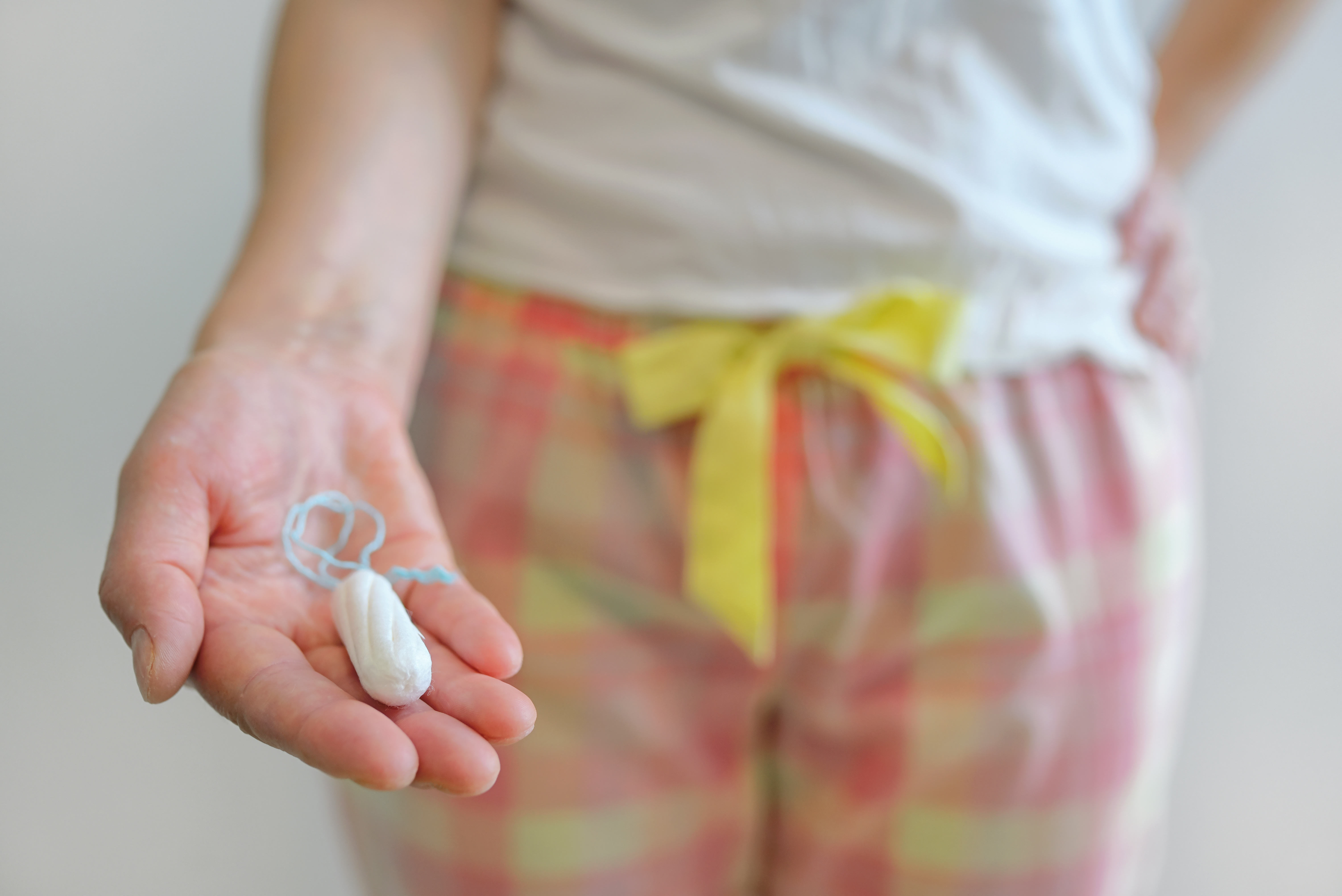Many postpartum mothers believe that breastfeeding will affect their figure, so many mothers are unwilling to breastfeed their babies. In fact, as long as you breastfeed your baby in the correct way, you can effectively prevent postpartum sagging breasts! So how to prevent postpartum breast sagging? Let's find out together!
Why do many women experience breast sagging after childbirth?
1. Normal physiological phenomenon
Women's breasts generally become smaller and sag after the breastfeeding period ends. This is because during breastfeeding, the breast skin is stretched and expanded due to milk engorgement, and the supporting structures of the breasts also enlarge. When breastfeeding stops, the breasts naturally sag as the glands shrink and some fat is consumed, causing the breasts to become smaller and sag to some extent.
2. Age-related
As women age, their breasts may sag due to the decline in endocrine function caused by aging. The skin, supporting tissues, fat, and glands all begin to degenerate and shrink, resulting in sagging breasts.
3. Excessive weight loss leading to sagging
This is mainly caused by a decrease in fat in the breasts during rapid weight loss. Generally, paying attention to supplementing vitamins and nutrients to promote breast development can alleviate sagging breasts. Some mothers gain too much weight during pregnancy and have excessively enlarged breasts, which may result in noticeable breast sagging after the breastfeeding period ends.
4. Incorrect breastfeeding technique
The cause of breast sagging is not breastfeeding itself, as breastfeeding can promote the secretion of oxytocin in the mother's body, which can enhance the elasticity of the breast ligaments. The culprit of breast sagging is incorrect breastfeeding techniques, such as not wearing a bra for convenience, habitually letting the baby nurse on one breast, allowing the baby to suck on the nipple for a long time after finishing milk, and neglecting breast care.
Preventing postpartum breast sagging: What mothers should do
Correct breastfeeding
During the breastfeeding period, it is important to adopt the correct breastfeeding method. Both breasts should be alternately breastfed. When the baby only nurses on one breast, the other breast should be pumped empty using a breast pump to maintain symmetrical breast size.
Choose a suitable bra
Choosing a properly fitting bra is crucial, as the cup size directly affects the bra's support function, and the material of the bra directly affects the comfort and impact on the breasts. Choosing a suitable bra can immediately restore the firmness of your breasts. If you have a larger cup size, it is better to choose a bra with relatively wider straps and a 3/4 cup shape, which provides sufficient stability and lifting power to prevent breast sagging. Nursing mothers should pay special attention to wearing nursing bras without underwires that are comfortable and made of soft fabric to protect the breasts.
Improve sitting posture
However, breast sagging is not only limited to women who have breastfed after childbirth. Prolonged sitting in an office with poor posture can also lead to breast sagging. Experts suggest that if the supporting force of the breasts undergoes long-term changes and lacks proper bra support, sagging may occur.
Daily breast care can effectively prevent breast sagging. Whether walking, sitting, or standing, it is important to maintain an upright posture. For non-breastfeeding women, sitting in the office for a long time can affect their posture, including hunching and breast sagging. Additionally, walking hunched over or leaning forward while typing can also worsen breast sagging, which is common among women who work in offices.






